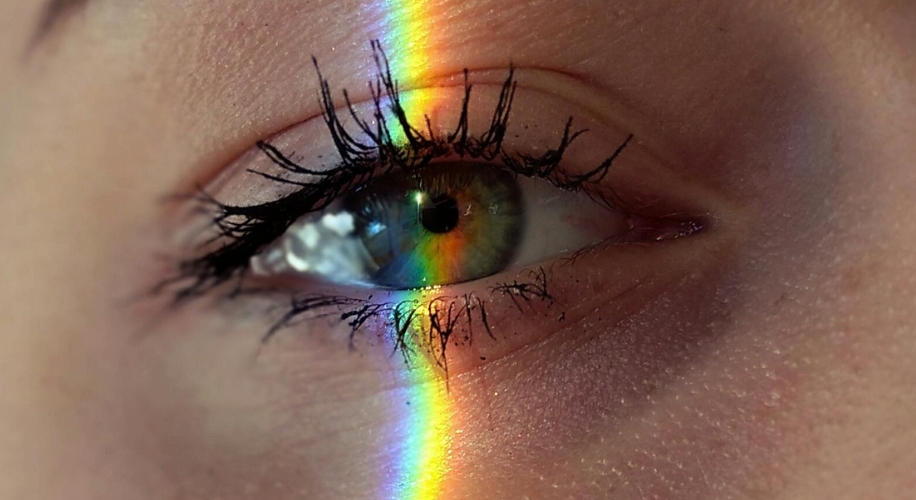Navigating the Near Triad: A Deeper Look into Your Eyes
Our eyes are marvels of complexity, and understanding the intricate mechanisms within them can shed light on the importance of eye health. One such mechanism, known as the near triad, plays a pivotal role in our ability to focus on objects up close. In this blog post, we’ll delve into the near triad, its mechanism, effects, and explore the role of vision therapy in maintaining optimal eye function.

Unveiling the Near Triad Mechanism
The near triad involves a coordinated effort between three key components: accommodation, convergence, and pupillary constriction.
Accommodation: The Lens Adjustment
Accommodation refers to the eye’s ability to adjust its lens shape to bring nearby objects into focus. When focusing on a nearby object, the ciliary muscle within the eye contracts. This contraction alters the shape of the eye’s natural lens, increasing its curvature and thus increasing its refractive power. As a result, light entering the eye is accurately focused farther forward in the eye to align on the retina, enabling clear vision of close-up objects.
Convergence: Teamwork of the Eyes
Convergence involves the inward movement of both eyes to ensure that they are both aimed directly at the object of interest. Convergence is a binocular movement, meaning both eyes work together to maintain a single, unified image. The extraocular muscles responsible for this movement allow the eyes to rotate inward, ensuring that both eyes are precisely aligned on the object being viewed. This convergence prevents double vision and enhances depth perception for objects situated close to the viewer.
Pupillary Constriction: Adjusting Light Intake
Pupillary constriction, or miosis, occurs as the pupils narrow to reduce the amount of peripheral light entering the eyes, aiding in a sharper near vision. To further optimize near vision, the pupils undergo miosis or constriction. This narrowing of the pupils helps reduce the amount of peripheral light entering the eyes and helps fine tune the depth of focus. This lets the eyes better focus on the close-up object, enhancing visual clarity.

When the Triad Breaks Down
When the near triad encounters challenges, it can lead to various vision issues. Difficulty focusing on close-up objects, eye strain, headaches, and double vision are common symptoms. These issues may be linked to conditions like accommodative dysfunction, convergence insufficiency, or other disorders affecting the near triad components.
Near Glasses
Sometimes, a pair of near glasses could be just the fix for people suffering from binocular vision dysfunctions. These glasses can either be a separate pair of near glasses (usually called “Single Vision Near”), a pair of progressive glasses (where the lenses gradient from distance to near), or a pair of prism glasses (which physically shift the image to assist with convergence). It’s best to consult your eye doctor on what prescription is best for you.
Vision Therapy: Nurturing Optimal Eye Function
For individuals experiencing near triad dysfunction, vision therapy could also be an excellent option because it offers a tailored approach to address underlying issues. Vision therapy is like physical therapy for your eyes and involves a series of exercises and activities designed to strengthen eye muscles, improve coordination, and enhance visual skills. Under the guidance of a trained optometrist, vision therapy can be a proactive and effective way to overcome challenges related to the near triad, fostering improved near vision capabilities.
Understanding the near triad provides insights into the intricate mechanisms that contribute to our ability to focus on objects up close. As we recognize the importance of this triad in daily visual tasks, including reading and close work, addressing any issues can pave the way for clearer, more comfortable vision. Take the initiative to prioritize your eye health and embrace a world of clear vision, from near to far. If glasses are what you need, shop affordable, stylish frames at Zenni.




 United States
United States